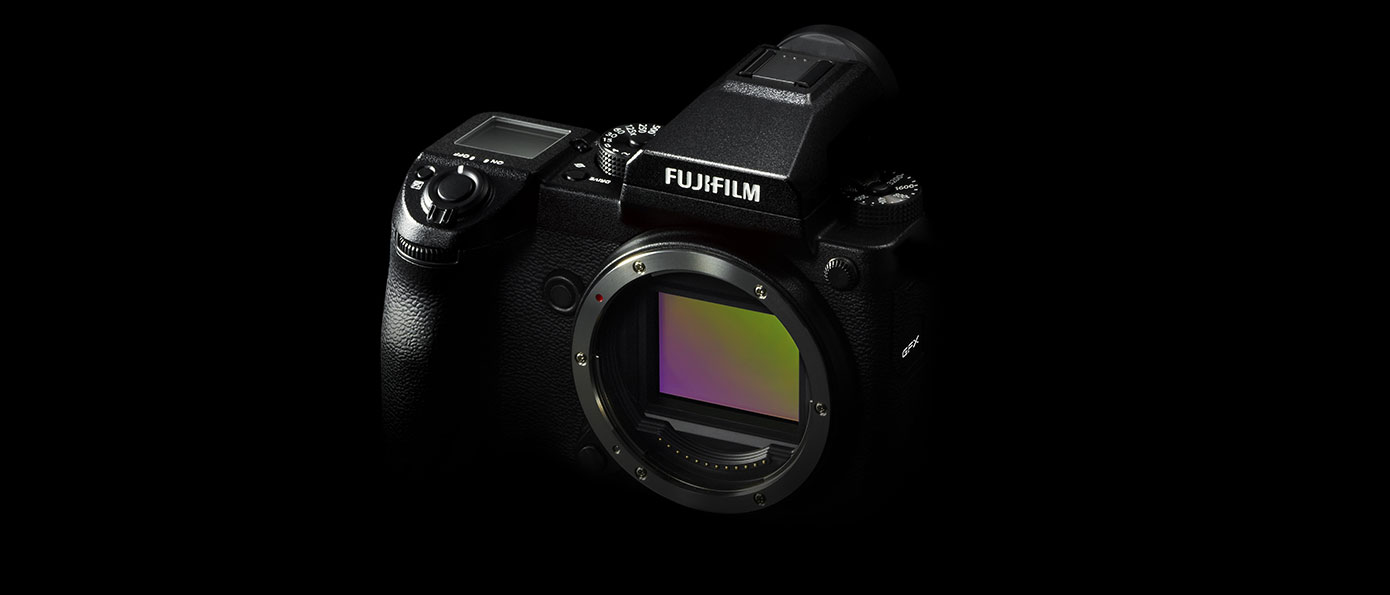Why you can trust Digital Camera World
On paper, the GFX 50S and Fujinon GF 63mm f/2.8 R WR lens combination looks no bigger or heavier than a serious 35mm full-frame camera. If you put it side-by-side with a Nikon D810, the two look similar in size and bulk. But when you pick it up, it feels like a much larger camera.
It offers a comfortable hold, though, with enough height in the front grip for you to get three fingers around it, with your index finger resting over the shutter release button, and your thumb against a large protrusion on the back and resting on the rear control dial. If we gave cameras ratings for their grip alone, this would get five stars.

The power switch is a lever around the shutter release button, and it’s easy to flick on if you’re using the camera sporadically, but otherwise, the controls are refreshingly old-school. The aperture is adjusted with a ring on the lens, with one-third EV increments between each full value (or you can set the lens to the A position for automatic adjustment). Shutter speed adjustment is carried out via a lockable dial on the top plate, although, again, you can set shutter speeds manually or choose A to let the camera work them out.
There’s no mode dial on the camera; instead, you get a Program mode by setting both the aperture ring and shutter speed dial to A. For Aperture Priority mode, you set the shutter speed dial to A and choose your aperture manually; for Shutter Priority mode, you set the aperture ring to A and choose the shutter speed manually.

On the left of the top plate is an ISO dial. Like all of the dials here, it has a firm click and just the right amount of weight, although the rear dial could do with a fraction more space round it to make it easier to spin, and some minor controls are in odd positions. Once you learn where they are, however, you realise there’s some thought behind it. The ‘Q’ button on the rear thumb protrusion, for example, is in the perfect position for your thumb to find by feel.
Just to the left of where your thumb naturally rests is a small but precise thumbstick for changing the AF point. This is handy, because although the rear screen is touch-sensitive and can be used for setting the focus point, you may not get a feel for it straight away. You also get touch control in Playback mode, where you can swipe through your images and pinch them to zoom in. Another thing you can do is double-tap to view your images at 100%, which you’re likely to do very often, in awe of the level of detail.
The one control that grates is the EV compensation button, a tiny pimple near the shutter release. You hold this down with your index finger while turning the rear dial with your thumb, and it feels a lot trickier than it ought to be.
The best camera deals, reviews, product advice, and unmissable photography news, direct to your inbox!
Overall, though, the GFX feels solid and well-made, with an unusually good grip and very good controls. If regular DSLRs and mirrorless cameras were made this way, we’d probably get a lot more satisfaction out of using them.
The sister print publication to this website, Digital Camera Magazine is Britain's best-selling photography publication – and it can also be purchased outside the United Kingdom as Digital Camera World.
Digital Camera Magazine is packed with more expert advice and more inspirational images than any other title, with the sole aim of helping you become a better photographer. Every issue we also bring you a selection of great gifts which are designed to help you get more from your photography – everything from tips cards and cheat sheets to free software and bookazines.
In addition to inspirational images, interviews, projects, mini tests and tutorials, each issue is packed with news, reviews and comparisons, as well as photographer vs photographer shootouts and head-to-head challenges using the best photo editing software.
The magazine is captained by Editor Niall Hampton.


